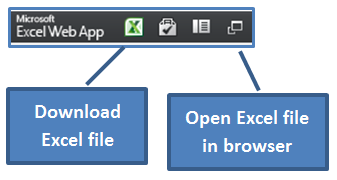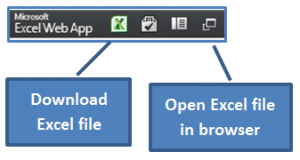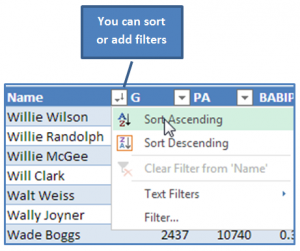Listening
I listened to more Baseball Prospectus “Towers of Power Fantasy Hour” with Jason Collette and Paul Sporer. I didn’t pay very close attention to baseball during the “Hot Stove” season, so listening to the archives of this podcast have brought me back up to speed.
This week I listened to the following episodes:
- Episode 30, Released 1/25/13 – More recent Hot Stove discussion, including Justin Upton trade
- Episode 26, Released 12/16/12 – Hot Stove summary
- Episode 25, Released 12/2/12 – Third Base Episode
- Episode 24, Released 11/20/12 – Catcher Episode
I also gave the Fantasy Pros 911 podcast at try, but could not get into it. I just didn’t find the experts as insightful or entertaining as Sporer and Collette. It seemed like a lot of “I think” or “I feel” analysis; whereas Sporer and Collette seem to lead with facts and statistics. Facts + Statistics = Smart.
Reading
I can’t remember how I stumbled across these, but I ended up reading some old articles that sounded interesting to me:
- AdvancedFantasyBaseball.com‘s Ten Fantasy Baseball Trade Secrets (from 2009)
- HardballTimes.com‘s Is the LIMA Plan Really a Viable Strategy (from 2009)
Get your thinking cap on for this one. An article by Mike Podhorzer of fangraphs.com to predict HR/FB rate. There are a few layers to this article I’m going to have to peel into someday. One interesting layer is a tool here to see the average distance a player’s batted balls travel. Or this tool to see the average flyball distance leaders for a given year. Both of these are from baseballheatmaps.com. There’s not an official conclusion, but the article has some data to suggest that Chase Headley’s 2012 season may not be a fluke.
What did you listen to or read this week?
Let us all know in the comments below.


